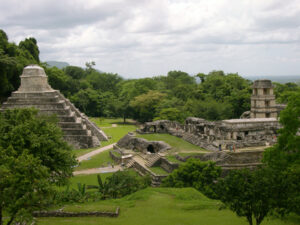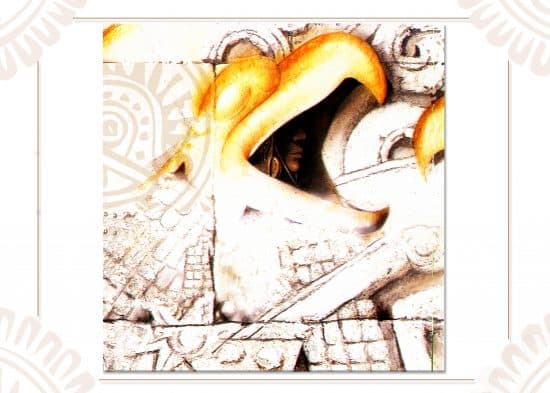Maya Civilization
The Maya culture was one of the highest civilization s of Prehis panic Mexico.
They occupied a vast territory that began in Tabasco and extended from there to what nowadays is Central America. They remained in this territory for almost four centuries: a very long period of time for a high culture.
 The Maya built great ceremonial centers such as Copan, Chichen Itza, Uxmal and Tulum.
The Maya built great ceremonial centers such as Copan, Chichen Itza, Uxmal and Tulum.
They had a stratified social organization, and most probably were ruled by a theocracy. The highest echelons belonged to judges, priests , and government officials; the lower echelons were the common people, farmers, and craftsmen.
The Maya excelled in Mathematics, Astronomy, and writing.
The Maya developed a vigesimal system of numbering and used the zero in the correct position.
They had a solar calendar that had 18 twenty-day months with five extra days added, which totaled 365 days.
They calculated and predicted the seasons, the equinoxes and the solstices; prognosticated solar eclipses; and observed other planets.
Their architecture is distinguished by the use of the false vault and by the flying facade used as decorative elements.
Lintels and stelae are characteristic creations of Mayan sculpture that depict scenes from their everyday life.
Their clay figurines show their garments and the physical traits of their race. They were short, stocky people with noses and high cheekbones. They flattened their babies’ heads and as adults tattooed and painted their bodies.
Mayan ceramics began with monochrome pieces, progressing to polychrome pieces with geometrical designs and reproductions of daily life scenes.
They were skilled jade and bone carvers.
Their Chacmool stone carvings and Atlantes, which show definite Toltec influence, are notable works of art.
The Mayan civilization never ceases to astonish us with its prodigious scientific, artistic, and philosophical development.


